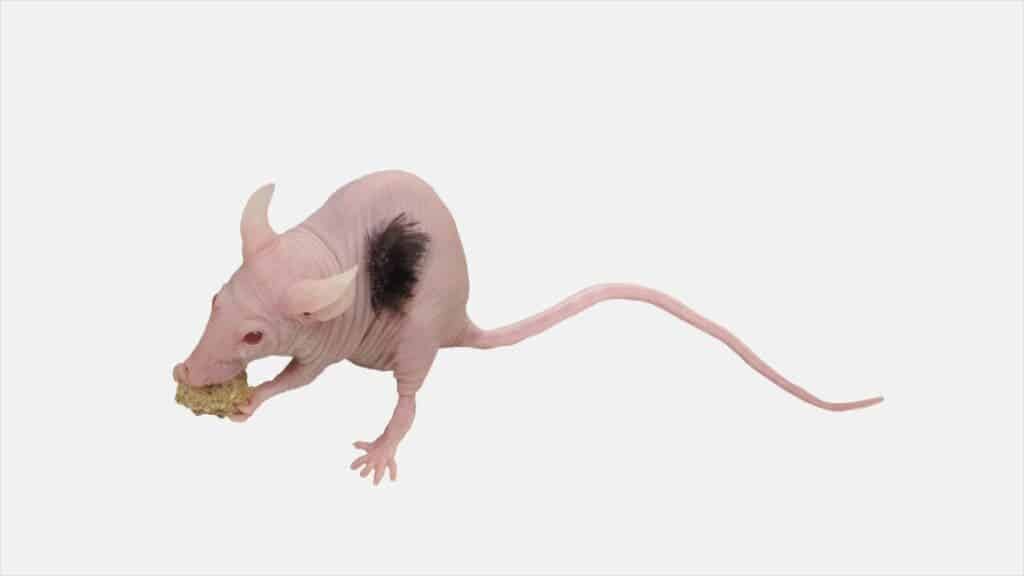
Despite an immense scientific and commercial interest, scientists have yet to find an effective way to halt hair loss, let alone reverse it. There are, of course, myriad products on the market that claim otherwise, but the vast majority are snake oil, and a few only delay the inevitable. Despite huge setbacks and disappointments, scientists continue to look for new ways to approach this hairy problem. The latest development of note comes from a U.S. startup called dNovo, which has used reprogrammed stem cells to grow human hair on the skin of mice.
Growing hair from stem cells
According to the American Hair Loss Association, two-thirds of men will begin to see their locks lose at least some of its luster by age 35. At age 50, about 85% of men will have experienced a significant amount of thinning. And although pattern baldness is generally thought of as something that affects mostly men, women are no strangers to the distressing experience. In fact, an estimated 40% of individuals affected by hair loss are female.
Hair follicles, tunnel-shaped structures in the outer layer of the skin from which hair shafts sprout, are surprisingly complex, involving molecular crosstalk between several types of cells. We’re all born with a fixed amount of hair follicles and once a follicle is gone, it’s gone for good.
However, hair follicles do undergo regeneration, naturally cycling between growth and rest in a process fueled by hair follicle stem cells. During the growth phase, hair follicle stem cells become activated to regenerate the hair follicle and hair, and hairs grow longer each day. During the resting phase, the stem cells are quiescent and hairs can shed more easily. Hair loss occurs when hairs are shed and the stem cells remain quiescent without regenerating new tissue.
The American startup has produced hair follicles by genetically reprogramming ordinary cells, such as blood or fat cells, to become generalist stem cells that can theoretically form any type of tissue. The researchers then transplanted the follicle-forming stem cells onto the skin of rodents as a demonstration, which went on to sprout hair shafts.
In the future, this kind of research could lead to follicle regeneration therapies using stem cells derived from the patient’s own cells. Alternatively, hair shafts grown on mice could be transplanted onto the patient’s scalps, similarly to how conventional hair transplantation moves strips of skin from someplace where a person still has hair onto a bald spot. Since the hair follicles are derived from the patient’s own cells, the risk of rejection is minimal.
Elsewhere, Stemson Therapeutics, a San Diego-based startup, has developed a similar therapy that clones hair follicles from stem cells and implants them around a person’s dormant follicles.
For both men and women, hair loss can cause considerable emotional damage, including loss of self-esteem and confidence. Before you get too excited, there are some caveats. All stem cell research for hair regeneration is preliminary and there are many challenges that need to be overcome in order to translate promising lab results into safe, working therapies for human use. This could take many years.
MIT Technology Review interviewed Geoff Hamilton, CEO of AbbVie, a drug company that has invested in its own hair-forming technology from reprogrammed stem cells. The biotech CEO emphasized that virtually everyone in the industry has plenty of research ahead of them.
“We have seen so many [people] come in and say they have a solution. That has happened a lot in hair, and so I have to address that,” he says. “We’re trying to project to the world that we are real scientists and that it’s risky to the point I can’t guarantee it’s going to work.”
Bagikan Berita Ini

















0 Response to "Scientists grow human hair on mice to treat baldness - ZME Science"
Post a Comment